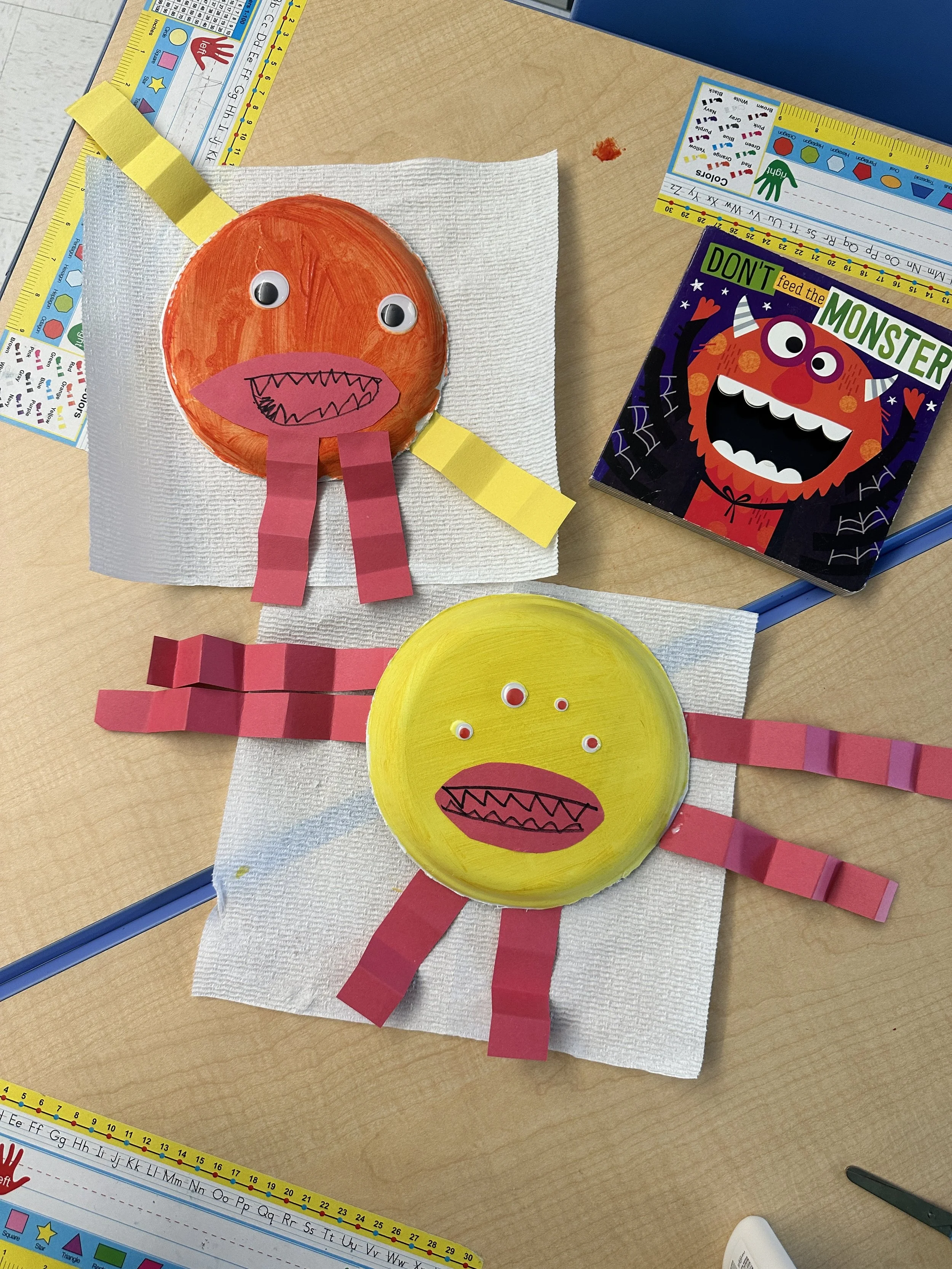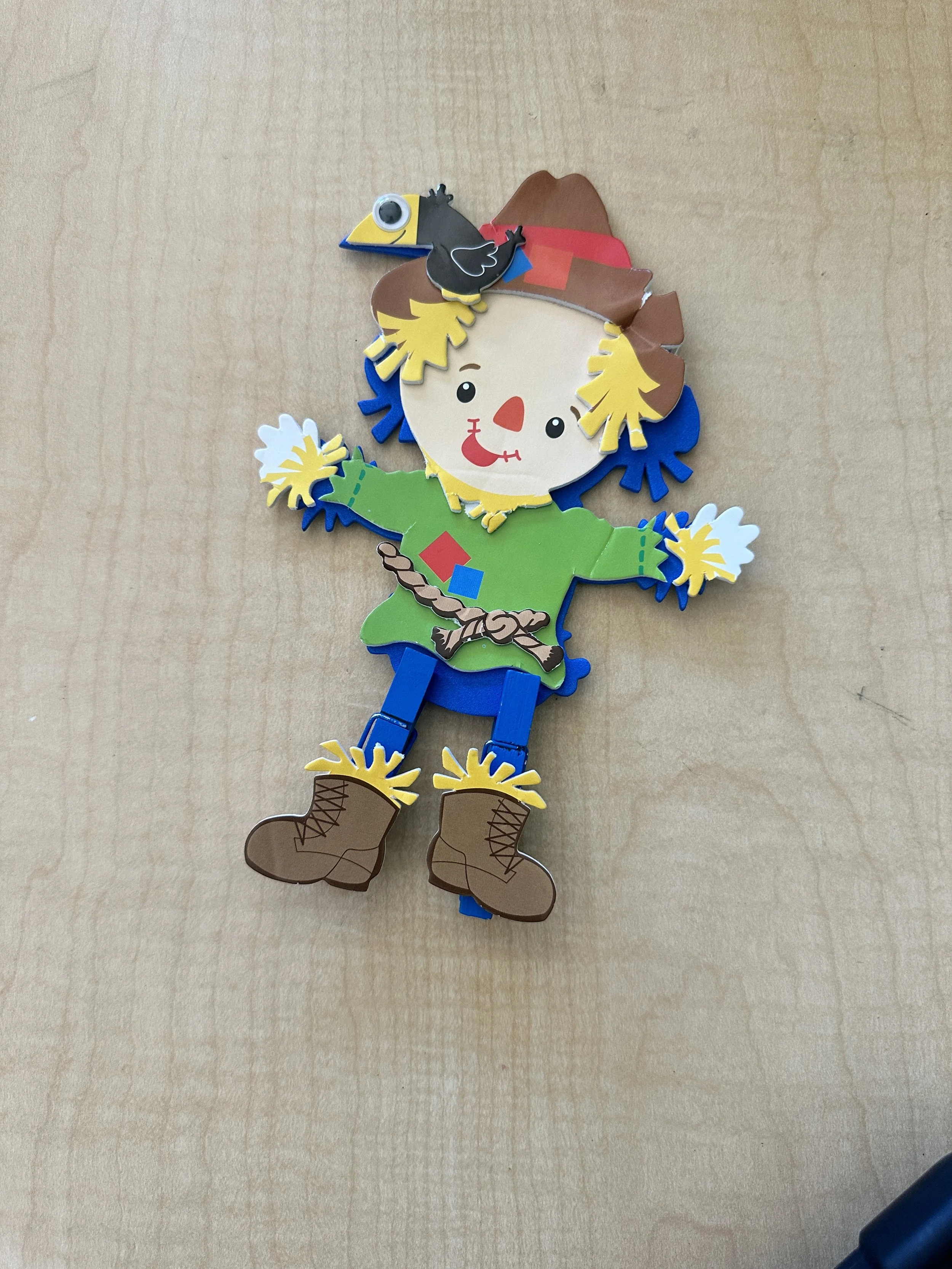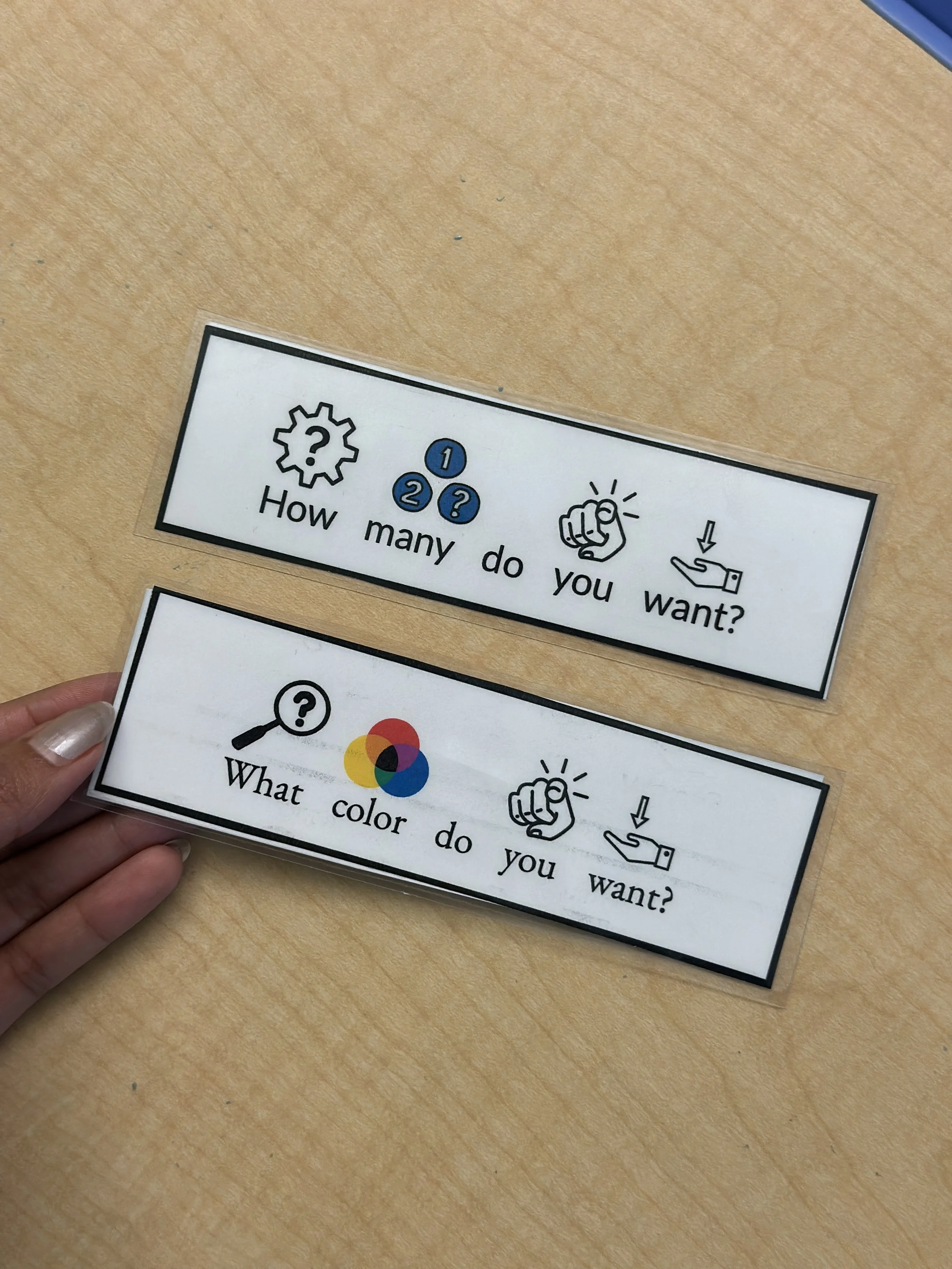Not Everyone Celebrates Halloween—and That’s Okay
October brings out all things pumpkin spice, cozy sweaters, and yes—spooky season. In schools, that often means classrooms full of costumes, candy, and craft projects tied to Halloween. But here’s the thing: not everyone celebrates Halloween, and that’s something worth honoring.
I know this personally. Growing up, my family’s faith meant we didn’t celebrate Halloween. No costumes, no trick-or-treating. At the time, it felt like I was missing out on something fun my peers got to do, but as an adult (and as a speech-language pathologist), I realize how formative that experience was. It taught me to see beyond the surface of traditions and to be curious about why people celebrate what they celebrate or choose not to.
Now, as an adult (and an SLP who loves a good craft), I still lean into the season, but in ways that are inclusive and creative. My students and I have made monsters, spiders, and scarecrows, exploring language and fine motor skills while keeping the focus on fun, not fear.
Check out the visual cues from our monster craft activity here.
These activities invite play and imagination without assuming that every child celebrates Halloween. Because being culturally responsive means pausing before we plan. It means asking, listening, and creating space for every family’s beliefs and comfort levels.
Before introducing holiday-related themes, I send a quick survey home to families. It’s a simple check-in that helps me understand what’s celebrated (or not) in each household and what topics to avoid or adapt.
Here’s a look at my culturally responsive family survey.
That pause, that moment of curiosity before assuming, is powerful. It’s what helps us raise citizens of the world who don’t just participate, but who pause to ask, “Do you celebrate Halloween?” before jumping to, “What are you dressing up as?”
Because that simple act of asking shows respect. It says, I see you. I want to include you.
And when our students witness that kind of care in action, they learn to extend it beyond our classrooms to their peers, their communities, and the world.
This small step can make a big difference. It keeps our sessions respectful, inclusive, and joyful for every child. It also opens up conversations about similarities and differences in traditions, something that strengthens empathy and community in our classrooms and therapy spaces.
So this spooky season, as you decorate doors and plan themed lessons, remember:
Cultural responsiveness isn’t about doing less. It’s about being intentional.
Create space for curiosity. Honor each family’s values. And remember, the real magic of this season isn’t in the costumes or candy, it’s in connection.





